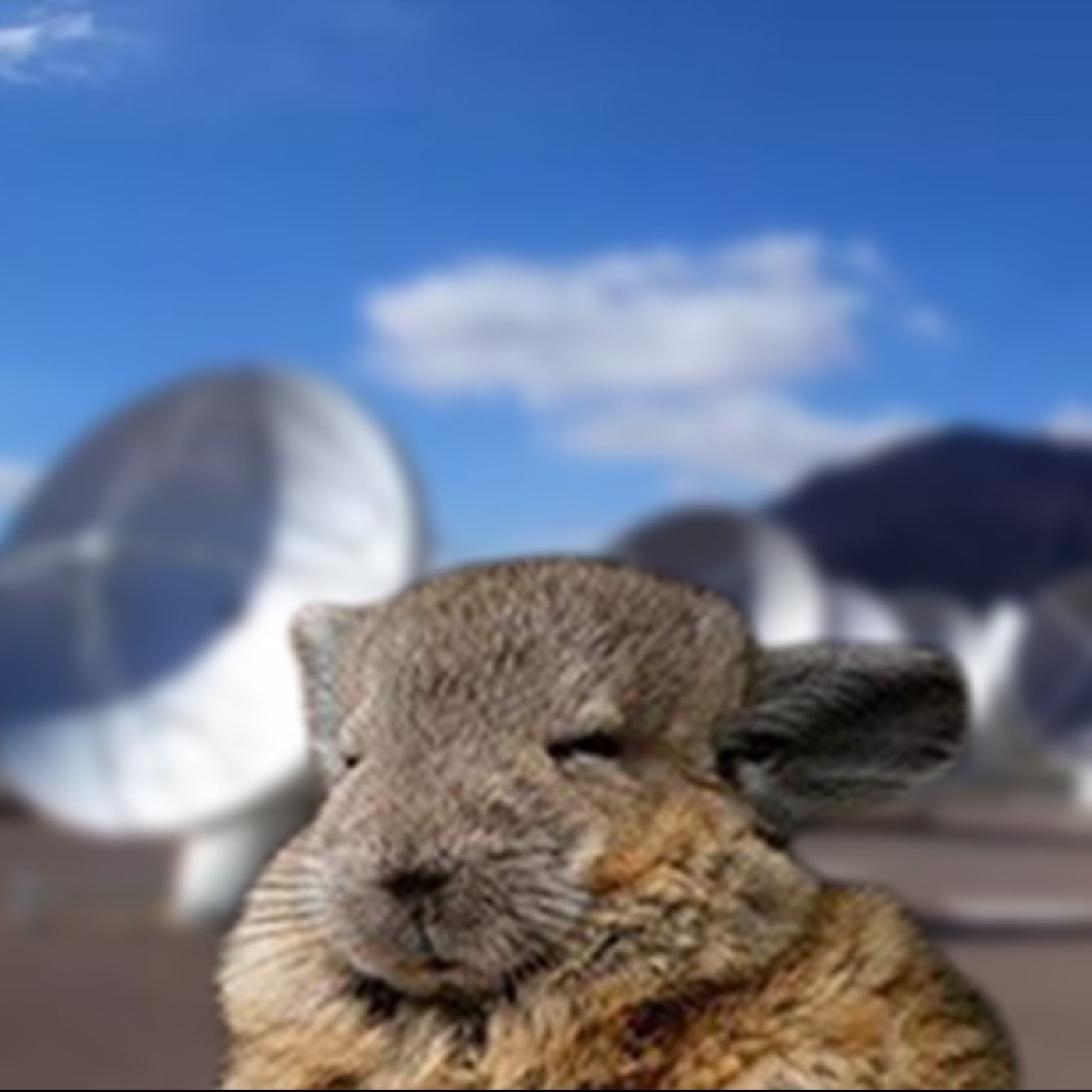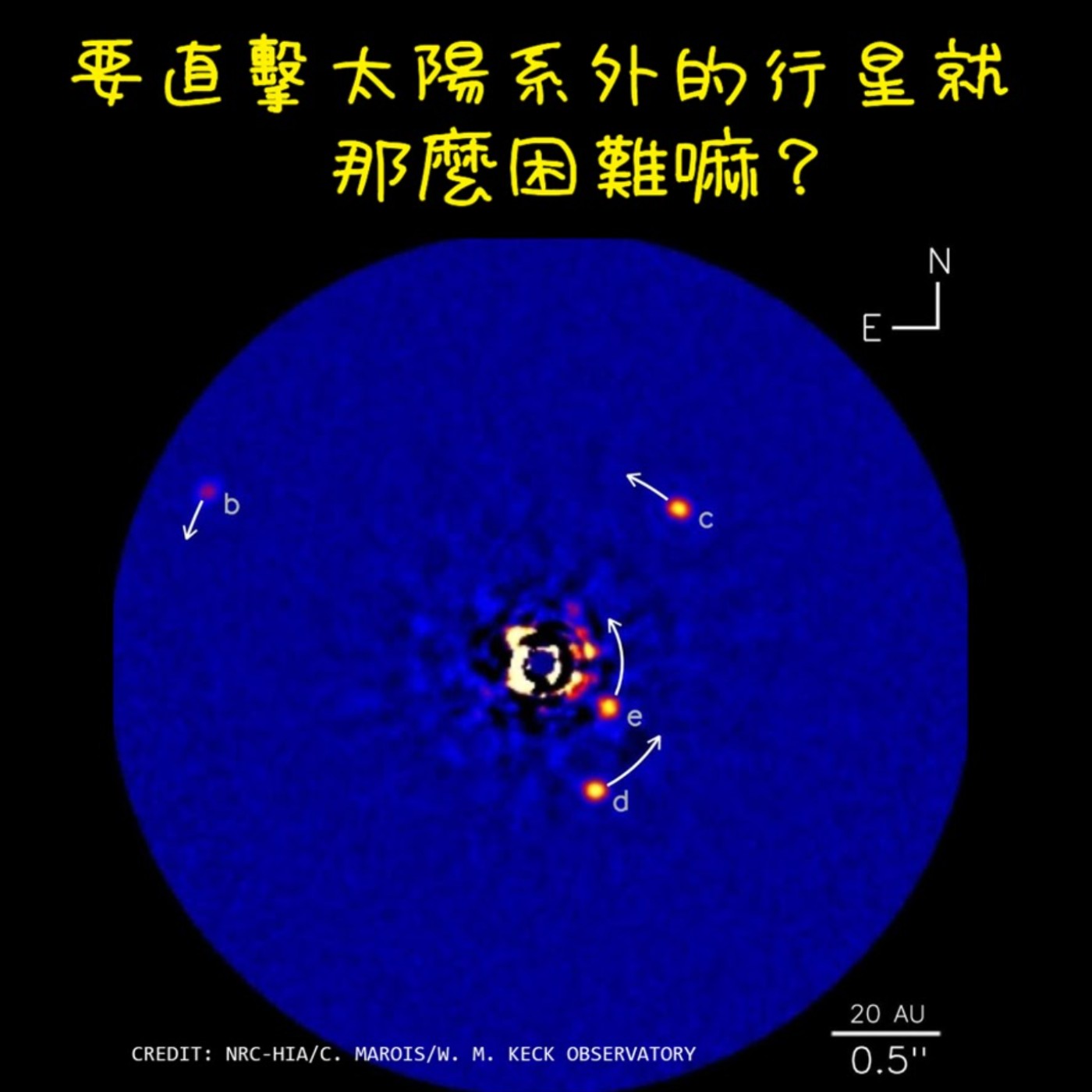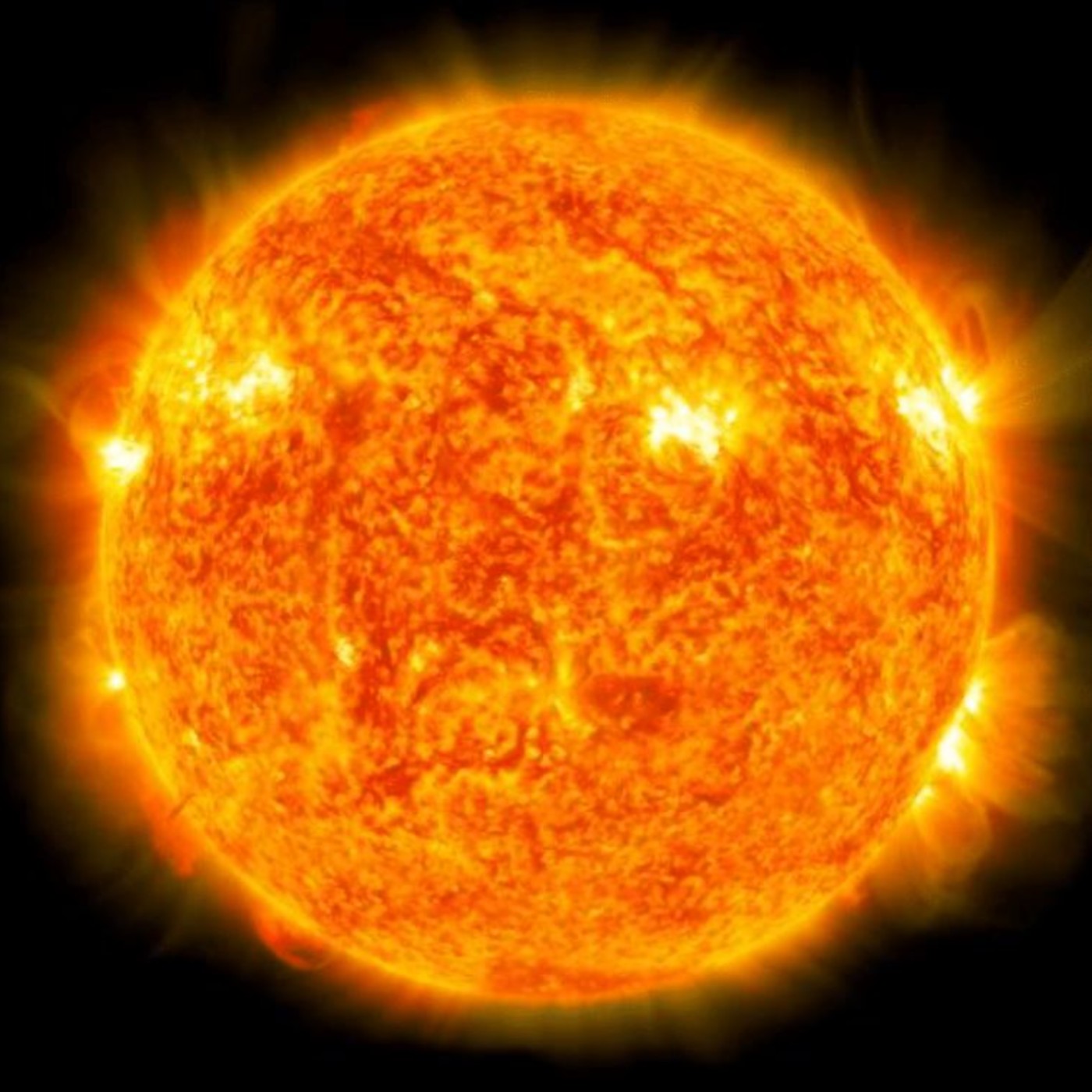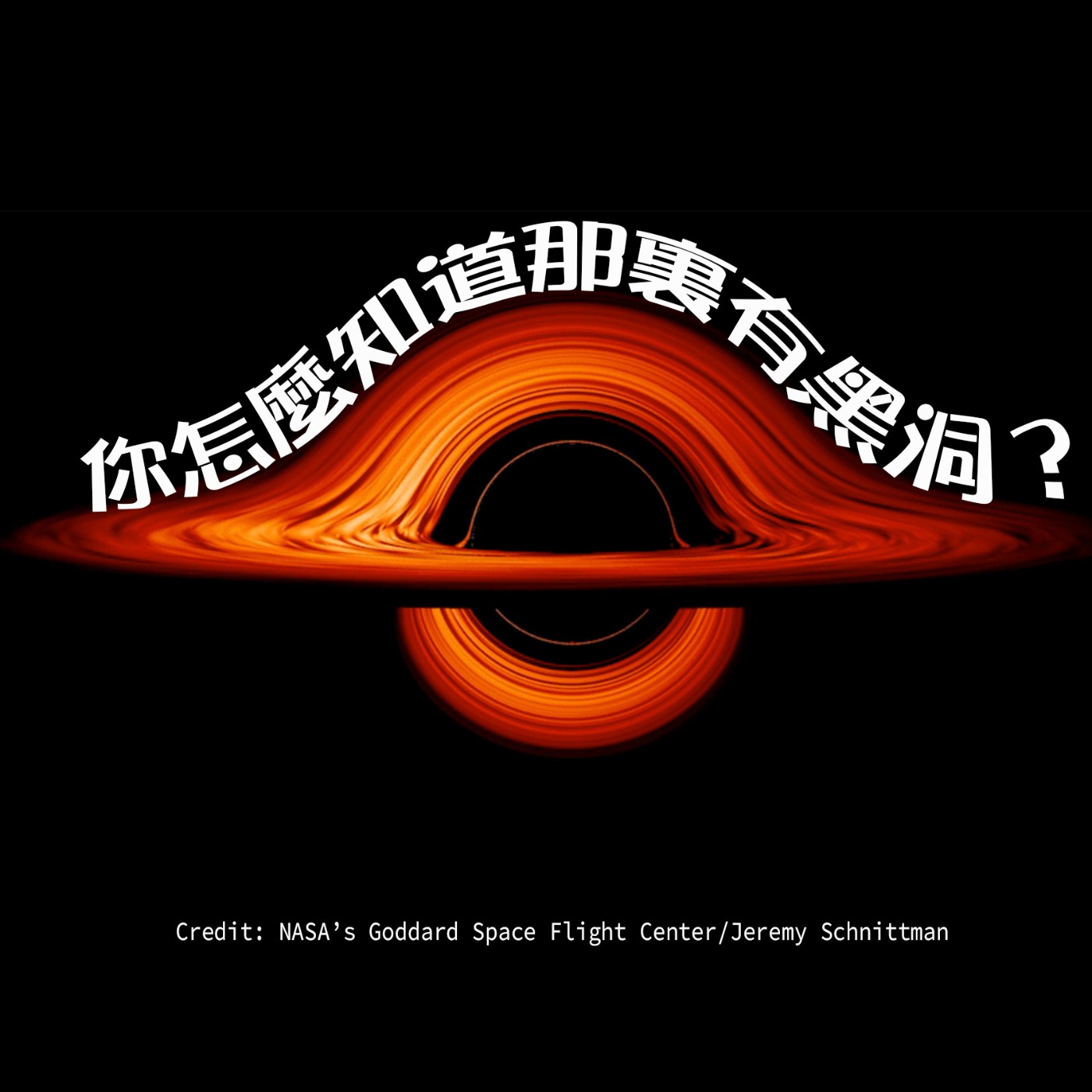天外之水何處來?The Journey of Interstellar Water
Description
唐朝詩人李白在「將進酒」中豪氣高歌:「黃河之水天上來」,敢問詩仙是否知道,天外之水都從何處來?
缺水令人愁,積水令人憂,水資源是民生大事,不僅如此,水還是科學家已知能用來判斷遙遠星球有無可能孕造出生命的重要指標,本集歡迎大家一起來多多認識:我們的水!
多年來用地面及太空望遠鏡詳細追蹤「星際水之旅」的天文學家 Daniel Harsono (漢字姓名:何英宏 ) ,在本集中為我們談「水」話題。
究極探討水在星際空間中不同條件下的不同分布量,科學一點一滴取得進展,從天文的光譜觀測獲知化學成分豐度,綜合天文物理的已知,目前所得的最新結論是,行星形成的過程可能很快。
最近Daniel 難能可貴的申請到競爭激烈的「韋伯太空望遠鏡」的觀測時間,到底他想用太空望遠鏡觀測什麼呢?他覺得那東西很重要的理由有哪些?請聽他的分享。
本集節目為英語。
逐字稿:
Welcome to Astronomy Podcast produced by Academia Sinica Institute of Astronomy and Astrophysics, I am Lauren Huang ~ So happy to have Dr. Daniel Harsono here with us today. Daniel is one of the guys who were awarded James Web Space Telescope time, or, the other way to put it, the time allows you to make observation using this very powerful space telescope, acronym JWST. A telescope people have been waiting for for 20 years. Totally, three projects submitted from Taiwan got the green light, and Daniel leads one of them. After graduated from the UCLA in America, Daniel moved to Netherlands and obtained master and PhD degrees from the Leiden University. Hi Daniel, is it right that Leiden is a world leading school especially famous for its astronomy department?
Very famous in terms of history(s), yes. Yes a lot of famous astronomers are from Leiden, but they have very famous law faculty and also physics department.
Right, we are going to talk about, again, the JWST telescope. Last time we interviewed Sascha Ziggers about the same topic, would you please tell us again what is this telescope aims to do?
So JWST is James Webb Space Telescope it is the next generation optical or infrared of after Hubble Space Telescope. So Hubble Space Telescopes maps the sky in the optical domain that's the same wavelength that human eyes can see but the James Webb Space Telescope will focus mostly in the infrared so that's the regions where human eyes cannot see and by moving to the infrared you can see cooler objects so much younger and much more distant than what Hubble can see. So with the James Webb Space Telescope, for example, you can study more of the first stars and the very distant universe and then also because James Webb is very sensitive you can try to see the dust features that are present in the infrared.
Right. By the way, which subjects were you best at? Math? Physics? Chemistry?
I think from my background it was mostly mathematics so yes it was mostly mathematics
And that helps a lot in doing astronomical research?
For astronomy what the interest me the most was black holes and neutron stars so that was the reason why i went to UCLA but in the end I did not study them. But yes! Math is helped a lot but i think in the end i was much better at doing programming rather than pure mathematics.
You've won the JWST observation time at the first cycle right? are you doing a "mapping" related project?
Yeah that's correct. Our proposal is to map so-called jet launching region. This is the region where young protostars try to release a lot of its energy so when a young star born a lot of material is ejected from the young star and this is in form of a jet or an outlaw and previous instruments have difficulties in mapping this hot region near the young star where the material is launched so ALMA does not actually gives you a really full picture of the jet launching region. So this is where uh JWST will try to solve that problem.
Why do you think your proposal got selected? can you guess?
I think I'll try to speculate here but what we're trying to do with the project is that we have a lot of data from ALMA from HST also follow-ups high spectral resolution spectra in the optical and near infrared where we know all the molecules that are present in that region and what JWST can do is the mapping so we can try to see where those molecules are located. So now we just know that what the line profile or how that the emission is looks like in terms of velocity space does it go fast or slow. In addition, by mapping it you know where it is but especially from the center, so then you know where it is fast whether it's close to the center or it's actually fast further away. So it's the mapping is from the IFU instrument so the NIRSPEC (it is the name of the instrument) has an IFU, an Integral Field Unit um yeah so by in that case what you get is spatially and spectrally resolved data so you get the spectral cube so you know your xy and spatially resolved down to 0.1 arc seconds so that's roughly 14 au or so. But then you also have the third component which is the velocity so you can you have the full data set.
All right! So that will help us understand the region much better.
Yep, right.
I know you are also involved in that water review recently published by Leiden university right, so can you tell us about the "Water Journey" story that group of astronomers were working on?
Yeah um so the Herschel (Telescope) this uh the Water Review is based on the previous far infrared space telescope which is the Herschel Space Observatory, it is no longer active. Um so what Herschel can do is that it can it was targeting a lot of the water emissions -- the spectra of the fingerprint of water -- that is actually in space. The main aim of the program uh the Herschel Program that's called WISH so Water and Star forming regions with Herschel, to map and to detect water emission from early stages of star formation down to the later stage of planet the late stage of star and planet formation so what you want to know is how water is being transported from the molecular cloud where stars are born down to the region where the planets are actually being formed so with Herschel it is the only way that can probe this really cold water emission that you cannot do from the ground. So we need another telescope like Herschel in order to do this better, and there's no other plan for the next Herschel in the near future. So the Water Review tells you a lot of the improvement over the last time that we know how the water is being transported during star and planet formation.
Unfortunately the biggest surprise was that water is not very abundant than previously thought.
Oh? it is not?
Right, the previous infrared telescope that was Spitzer (Telescope). Spitzer probe not the water – well -- it probes the water emission from the very inner regions of the planet forming disks and it also probed the ice features so dust grains have ices on them and spitzer revealed that water is the most abundant in the ice in the solid form that is consistent with the theory. In that case then when this a lot of water ice is being transported to the inner regions it should be supplemented onto the gas phase and we should see a lot of it in the emission with Herschel… that was not the case…
So a lot of the water emission that we see from Herschel is in the outflow, so in the “jet” that we try to map now with JWST fore example. Right. To understand where it's actually coming from… so Herschel is a single dish and you cannot map anything with a single dish instrument except uh for the PACS instrument which gives you different water excitation. So except the Herschel has a number of instruments that can cover the cold water so that's where the water that is being sublimated through energetic photons so that's different water than the inner hot water so there are different water reservoirs in star light information that you tried you have to try to cover them all so there's the jets and outflows and then the inner hot that's where the water gas, water has been sublimated from the ice grains, and also the cold water that is being released onto the gas phase by cosmic rays and energetic photons. So those parts that are not in the outflows are actually lower than expected than before. So what we think is that, the consensus from the water review: it seems that planet formation actually happens very quickly and the way to decrease the amount of water vapor so it doesn't emit is to lock them up in larger dust grains or in very early uh planetesimal (small planetoids like vesta) so this is the origin where the planets are actually forming from.
So the water review discussed that of how the water transported from the molecular cloud, to planet forming regions. It discusses whether or not the water fraction is the same for the earth so trying to understand how old is the water for example so by looking at the spins of water because water has spin states between ortho and para so that's complicated for spectra but the the ortho and para spins is related to the temperature with when it was solidified onto the dust grain and that seems to be consistent with the solar system so it's it also shows that the water on the earth forms very very early before the star is actually important so that's uh one part of the wish program that tries to tackle how early the water is actually formed and then the last part is the complicated story of oxygen right the oxygen is uh it's an element that is crucial for life on earth that we know it um the major carrier of oxygen is of course water in terms of astrochemistry so in terms of chemistry in space but then the crucial component is that we don't know where the oxygen goes so this is called the "unidentified oxygen carriers" so if you sum up all the oxygen carriers it's not exactly the same as what you think the ratios should be but i don't work in this so i don't know the details as much so yes that's one part of the other story that water review has.
Are these two projects related uh in terms of your research interest?
yeah i think the what my research centers is uh is trying to understand how star sun star planet formation goes in terms of their chemical composition and











